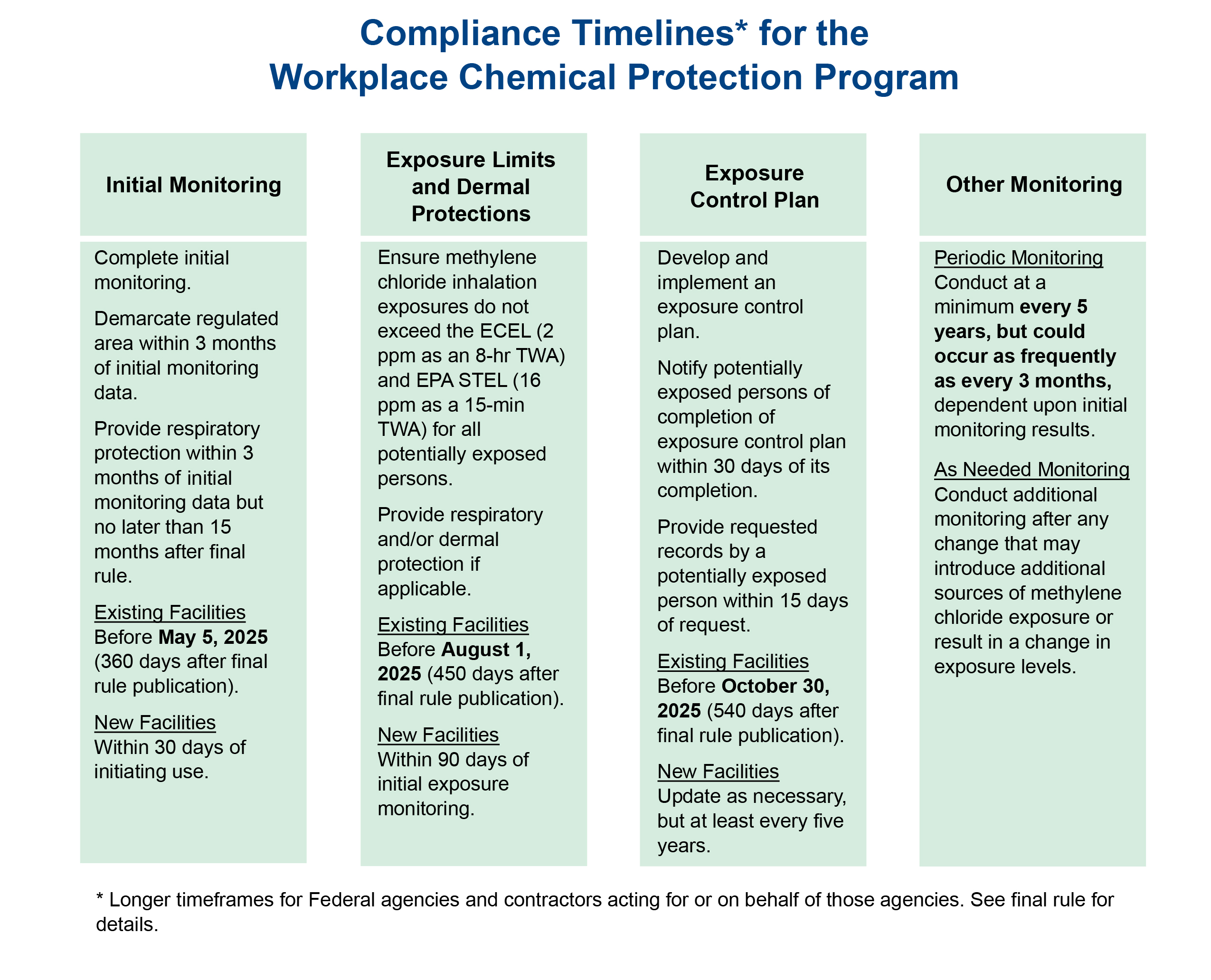
Title: US Prohibition on Dichloromethane: A Year Later, Labs Adjust While Regulations Persist
A year has passed since the US Environmental Protection Agency (EPA) enacted a comprehensive regulation banning the majority of dichloromethane (DCM) applications, and academic and industrial research laboratories throughout the United States have been continuously modifying their operational practices—this trend seems set to persist. Even with a new administration in the White House, the Trump-led EPA has not indicated any intention to lift the ban first instituted by the Biden administration in May 2024.
Dichloromethane, recognized also as methylene chloride, is commonly utilized as a solvent in paint strippers, adhesives, and various industrial chemical applications. This substance has faced regulatory examination due to its well-established health hazards. Linked to numerous fatalities within the US, DCM exposure is associated with a range of chronic health problems such as liver damage, neurological disorders, and cancer, and it is also considered a probable carcinogen.
As per the current EPA regulation, consumers were prohibited from using products containing DCM by May 2025. A wider ban affecting most industrial and commercial applications is anticipated to be enforced by 2026. Nevertheless, its usage is still allowed in laboratory and research environments—subject to stringent safety and exposure management protocols.
An Uncommon Consistency in Environmental Policy
In an unexpected turn that has astounded many analysts and researchers, Trump’s EPA has upheld the DCM prohibition in legal documents, supporting the regulatory rationale of the preceding administration. The agency believes that “significant evidence shows that methylene chloride presents unreasonable dangers to human health,” asserting the need for this regulation under the Toxic Substances Control Act.
This consistency deviates from Trump-era initiatives aimed at diminishing environmental regulations and protections. Former chair of the American Chemical Society division of chemical health and safety, Russ Phifer, noted that the Trump administration had the chance to postpone or nullify the rule but opted not to act—suggesting a robust scientific and legal basis for the DCM regulation.
Institutions and Industries Paving the Way in Compliance
The academic research sector has been notably proactive, with numerous universities establishing compliance strategies well ahead of the deadlines. Institutions have displayed exceptional preparedness through various training sessions and updated standard operating procedures. “There is considerable awareness, and labs are ready to meet compliance,” Phifer remarked.
Dr. Craig Merlic, an organic chemist and executive director of the University of California Center for Laboratory Safety, indicated that many research institutions, including UCLA, have already implemented significant modifications. These changes comprise:
– Ceasing DCM usage in undergraduate teaching laboratories.
– Introducing online safety training for DCM-utilizing researchers.
– Maintaining comprehensive usage and training records.
– Performing exposure assessments with fume hoods and evaluating scenarios that take place outside of controlled settings.
Merlic has also stressed the importance of revising chemical waste management procedures. DCM waste is now required to be segregated and handled with care, prompting revamps in waste collection and disposal processes across various campuses.
Emergence of Alternative Solvents
DCM’s historical popularity in research can be attributed to its effective solvent characteristics and low boiling point. However, chemists are discovering that substitutes can adequately fulfill the roles in many situations. A frequently suggested alternative is a 3:1 blend of ethyl acetate and ethanol. Other viable substitutes include:
– Methyl tert-butyl ether
– Dimethyl carbonate
– Cyclopentyl methyl ether
– 2-Methyl tetrahydrofuran
While these alternatives may not entirely match DCM’s efficacy in every context, many are less dangerous, more environmentally benign, and suitable for contemporary synthesis and purification techniques.
Continuous Legal and Regulatory Developments
Despite the current stability in regulations, several lawsuits have been initiated to challenge or amend the rule. In March 2025, the EPA communicated a voluntary remand—a legal process where the agency agrees to reassess a regulation—to implement certain modifications to the DCM regulation. A revised draft is expected to be submitted by June 2025, with a final ruling anticipated by April 2026 following public input.
Merlic pointed out that even if the specifics of the rule change, the overarching trend toward safer laboratory practices and diminished dependence on DCM is unlikely to reverse. “The majority of researchers and chemical safety offices are already progressing towards reducing or eliminating DCM utilization regardless of regulatory changes,” he noted.
Looking Forward
As regulatory timelines persist, research laboratories in both academia and industry are demonstrating strong leadership in chemical safety and innovation. Their proactive adoption of training, exposure management, and alternative solvents reflects a larger movement within the scientific community towards sustainable and health-aware chemical research.
While the dichloromethane regulation may remain amenable to modification, the cultural transformation within laboratories is already firmly established—and seems likely to endure beyond any political administration.